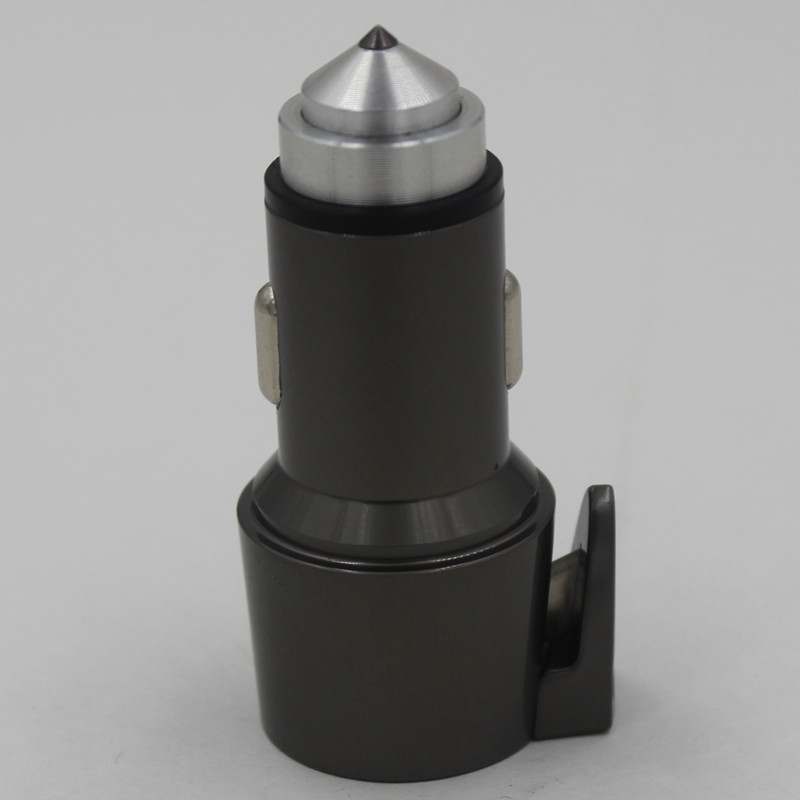Introduction to Copper Mining in Saudi Arabia
Saudi Arabia, known for its vast oil reserves, is also rich in mineral resources that are yet to be fully explored and exploited. Among these resources, copper holds significant economic potential. As the Kingdom diversifies its economy in line with Vision 2030, mining emerges as a key sector to drive growth and reduce dependency on oil revenues.
Geological Features and Copper Deposits in Saudi Arabia
The Arabian Shield, which covers much of the western part of Saudi Arabia, is a geological formation rich in minerals, including copper. Extensive surveys and explorations have revealed several copper deposits within this region, with the key sites being Jabal Sayid, Al Masane, and Khnaiguiyah. These deposits are found in volcanic-hosted massive sulfide (VMS) deposits, porphyry copper deposits, and other geological settings, making them commercially viable for exploitation.
Current Status of Copper Mining Projects
Various projects have been launched to tap into these copper reserves. Maaden, Saudi Arabia's largest mining company, has been at the forefront with its Jabal Sayid project, which shows great promise. Enhanced by partnerships with international mining companies, such projects are not only increasing copper production but also bringing in technological expertise and capital investment into the Saudi mining sector.
Furthermore, the Al Masane Al Kobra Mining Company (AMAK) operates the Al Masane Copper and Zinc Mine, another significant project contributing to the nation’s copper output. With state-of-the-art technology and sustainable practices, these projects exemplify the modern approach to mineral extraction.
Economic Impact of Copper Mining
Copper mining has the potential to profoundly impact Saudi Arabia’s economy. First and foremost, it can create thousands of jobs, both directly in mining operations and indirectly in supporting industries. Job creation is particularly crucial for a young population eager for employment opportunities.
Additionally, the revenue generated from copper exports can significantly bolster national income. Copper is a highly valuable commodity due to its extensive use in various industries, particularly in electrical wiring, construction, and electronics. As global demand for copper increases, Saudi Arabia stands to benefit from the rise in copper prices.
Moreover, the development of the copper mining industry can stimulate the growth of small and medium enterprises (SMEs) involved in mining services, equipment supply, and related sectors. This, in turn, drives further economic diversification and builds a more resilient economy.
Technological Advancements in Copper Mining
The integration of advanced technologies in copper mining operations in Saudi Arabia has been pivotal. From exploration and drilling technologies to mine planning and processing, cutting-edge solutions have increased efficiency and reduced environmental impact. For example, the use of remote sensing and geographic information systems (GIS) has enhanced the accuracy of mineral deposit mapping.
Additionally, automation and robotics are being increasingly adopted in mining operations to improve safety and productivity. Autonomous drilling and smart transport systems can operate in harsh conditions, reducing the need for human presence in hazardous areas and minimizing the risk of accidents.
Environmental Considerations and Sustainability
Saudi Arabia is committed to ensuring that its mining activities are environmentally sustainable. Strict regulations and policies have been put in place to minimize the ecological footprint of mining operations. Companies are required to implement comprehensive environmental management plans that address waste management, water usage, and land rehabilitation.
Innovative techniques, such as bioleaching and the use of renewable energy in mining processes, are being explored to make mining more sustainable. Additionally, ongoing research aims to develop methods to reduce the environmental impact of tailings and other mining byproducts. Ensuring that these practices are adhered to is crucial for the long-term viability and public acceptance of mining projects.
Investing in the Future: Opportunities and Challenges
The long-term success of copper mining in Saudi Arabia hinges on strategic planning and investment. Attracting foreign investors remains a priority, with the Saudi government offering incentives such as tax breaks, reduced royalties, and streamlined approval processes to make the sector more appealing. These measures aim to build a conducive environment for both local and international investments.
However, challenges such as fluctuating global copper prices, technological barriers, and infrastructural limitations need to be addressed. By fostering innovation, enhancing infrastructure, and ensuring a stable regulatory framework, Saudi Arabia can overcome these obstacles and fully realize the potential of its copper mining sector.
Conclusion: The Road Ahead for Copper Mining in Saudi Arabia
The economic potential of copper mining in Saudi Arabia is immense. With strategic investments, advanced technologies, and sustainable practices, the Kingdom is well-positioned to become a significant player in the global copper market. As the sector grows, it will contribute to economic diversification, job creation, and increased national revenue, aligning with Vision 2030’s goals of building a resilient and diversified economy.
The future of copper mining in Saudi Arabia looks promising, with numerous opportunities awaiting exploration and development. By leveraging its vast mineral resources responsibly, Saudi Arabia can secure a prosperous and sustainable future for its mining industry and overall economy.

